Robert Browning at 'Downton Abbey?'
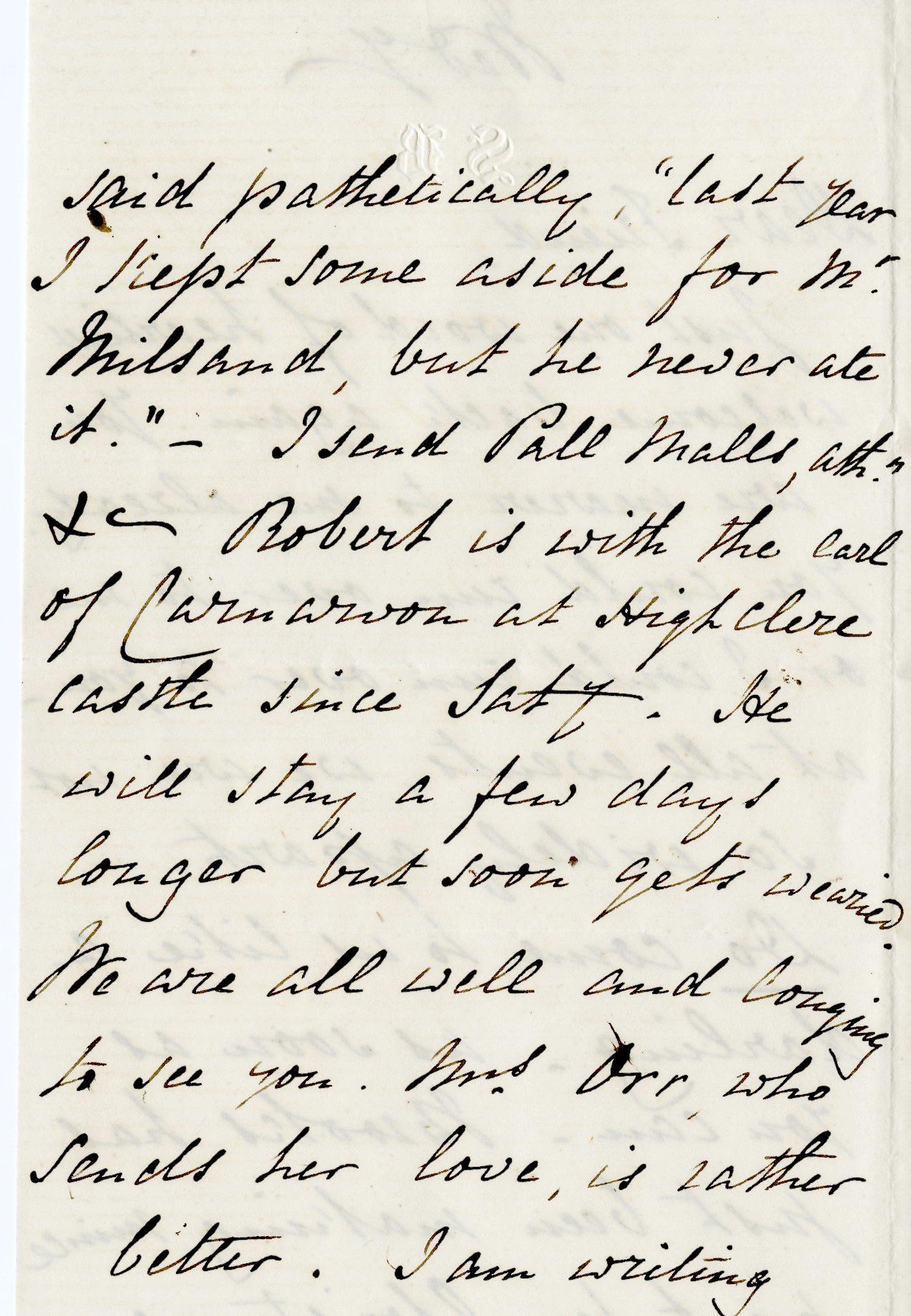
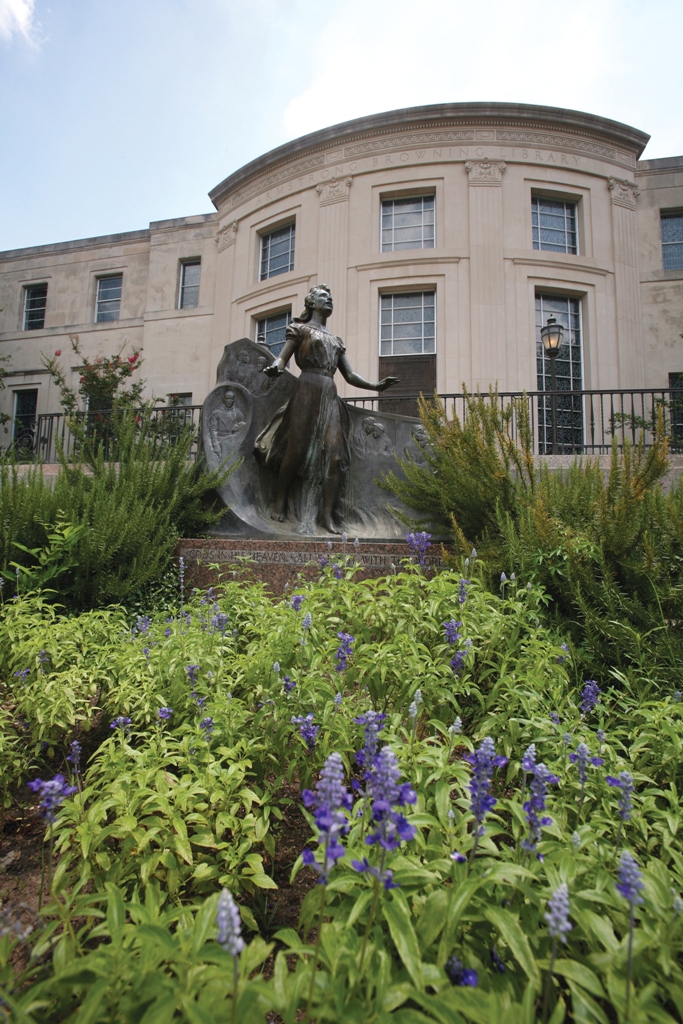
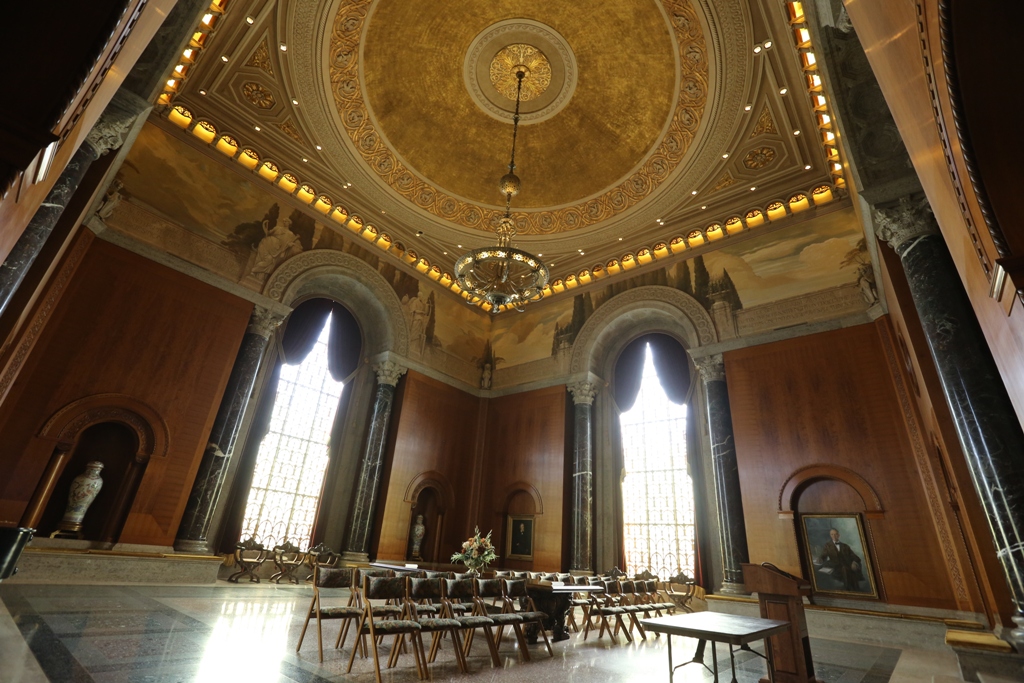
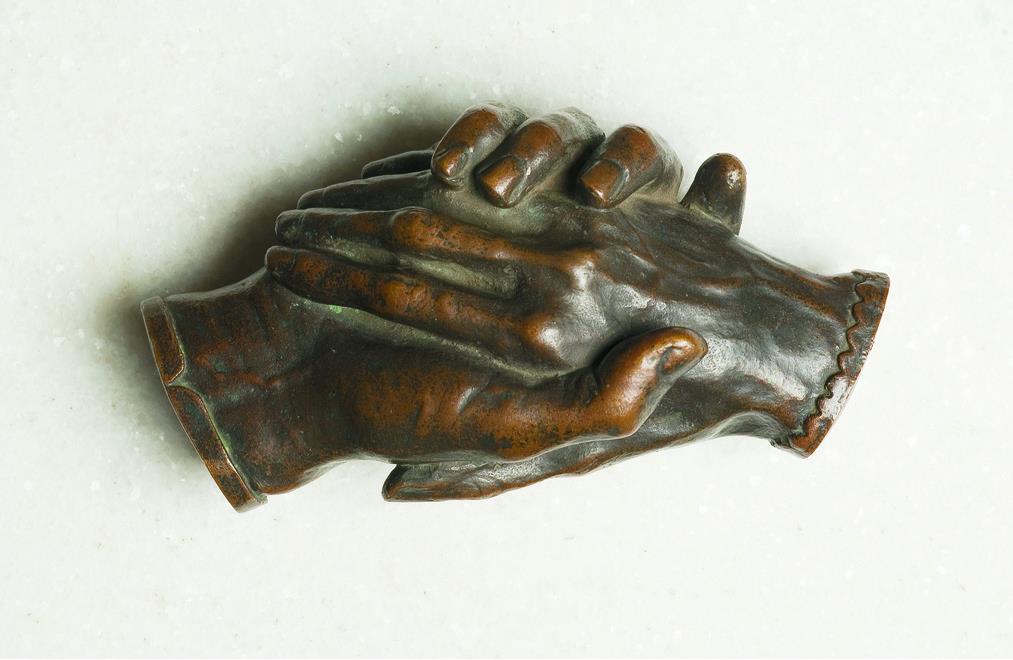
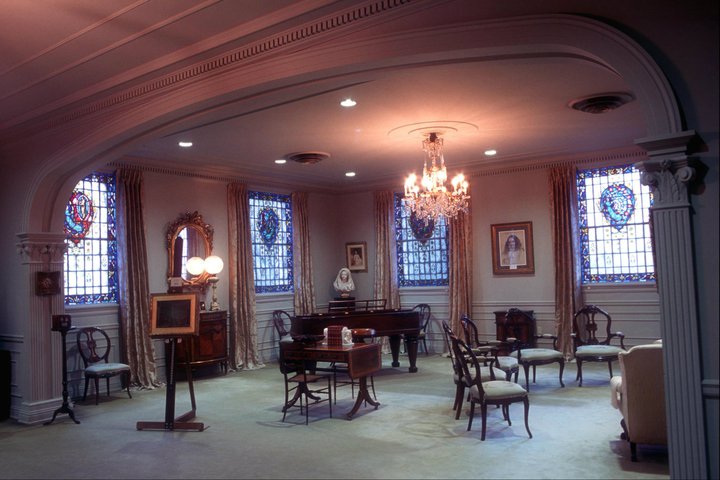
Baylor grad student discovers connection in digital archives of Browning letters
Follow us on Twitter: @BaylorUMedia
Contact: Lori Fogleman, (254) 710-6275
WACO, Texas (Feb. 14, 2013) - Melinda Creech spends her days at a special collections library in Texas digitizing letters of immortal lovers/Victorian poets Robert Browning and Elizabeth Barrett Browning. She spends her Sunday nights among British nobility in the televised world of Downton Abbey, where she recently discovered a connection between the real-world Robert Browning and the immensely popular TV show and its main character, Robert Crawley, Earl of Grantham.
Creech is a graduate assistant at Baylor's Armstrong Browning Library, which houses the world's largest collection of materials related to the Brownings and their contemporaries, including those who actually lived in Highclere Castle, known to millions of viewers as the majestic film location for Downton Abbey.
"I was watching 'The Secrets of Highclere Castle' before the Downton premiere, and I recognized the name 'Carnarvon.' I had transcribed the Browning letters on my computer, so I searched and 'Carnarvon' came up," Creech said.
The name might have slipped the attention of the most ardent Downton fan, even Creech, if not for a letter - found in the Armstrong Browning Library's Browning Letters Collection - dated June 23, 1868.
The letter was sent by Robert Browning to Lady Evelyn Stanhope Carnarvon, the first wife of Lord Carnarvon, who lived at Highclere. Robert Browning, Creech discovered, was often a welcome visitor at the Carnarvon's estate. Lord Carnarvon's son - the 5th Earl of Carnarvon - is the loosely-based model for Robert Crawley.
"I was delighted to discover that Robert Browning was acquainted with Lord Carnarvon's father," Creech said.
As Downton creator Julian Fellowes pursues a possible series prequel, the show could feature 19th-century literary figures, such as Browning, who were often the revered guests of noble English families.
In her further research of digital archives, Creech discovered Browning's attendance at a shooting party at Highclere Castle in 1873, a similar event dramatized in the Season Two finale of Downton Abbey, "Christmas, 1919." And as often occurs on Downton, Creech learned that Browning could be found discussing literary matters with Lord Carnarvon and other distinguished authors in the smoking room or strolling the grounds of Highclere Castle with other guests, such as Lady Knightley of Fawsley. Creech will blog on these and additional findings at https://blogs.baylor.edu/armstrongbrowning/.
"How delightful to imagine Robert Browning sitting in the smoking room at Highclere discussing Homer, strolling the grounds unveiling his poetry to Lady Knightley or participating in a shooting party," Creech said.
Rita S. Patteson, director and curator of manuscripts at Armstrong Browning Library, marveled at today's digital technology - and major digitization projects like those at ABL - that makes the process of finding links between the 19th century and the modern world easier than ever.
"Wouldn't the Brownings and A.J. Armstrong [Baylor English professor and ABL founder] be intrigued with the manner of communication that we have today?" Patteson said. "Being able to search our letter collections and online databases to learn that Robert Browning actually visited at Highclere Castle and walked the grounds makes the Downton Abbey series even more interesting to me. There are many fascinating connections between the Brownings and other Victorians (from the well-known to the obscure).
"All it takes is your curiosity and the click of a key to find a mound of information."
Baylor's online database, The Brownings: A Research Guide, shows 26 Browning letters to or from the Carnarvons, one supporting document that mentions the Carnarvons in relation to the Brownings, and at least one other Victorian letter that refers to the Carnarvons but does not mention the Brownings specifically. An in-house Browning database indicates that there are 70 references to Highclere or the Carnarvons in the Browning letters and supporting documents, and Armstrong Browning Library owns 19 of those letters or supporting documents.
For more information about Armstrong Browning Library, visit the website at www.baylor.edu/abl.
ABOUT BAYLOR UNIVERSITY
Baylor University is a private Christian university and a nationally ranked research institution, characterized as having "high research activity" by the Carnegie Foundation for the Advancement of Teaching. The university provides a vibrant campus community for approximately 15,000 students by blending interdisciplinary research with an international reputation for educational excellence and a faculty commitment to teaching and scholarship. Chartered in 1845 by the Republic of Texas through the efforts of Baptist pioneers, Baylor is the oldest continually operating university in Texas. Located in Waco, Baylor welcomes students from all 50 states and more than 80 countries to study a broad range of degrees among its 11 nationally recognized academic divisions. Baylor sponsors 19 varsity athletic teams and is a founding member of the Big 12 Conference.
ABOUT THE BAYLOR UNIVERSITY LIBRARIES
The Baylor University Libraries support excellence in teaching and learning, enhance research and discovery, and foster scholarship and success. Through its Central Libraries and special collections - Armstrong Browning Library, W.R. Poage Legislative Library and The Texas Collection - the Libraries serve as academic life centers that provide scholarly resources and technological innovation for the Baylor community and beyond.
ABOUT ARMSTRONG BROWNING LIBRARY
Armstrong Browning Library - located on the campus of Baylor University in Waco, Texas - is a 19th-century research center dedicated to the study of the lives and works of Victorian poets Robert and Elizabeth Barrett Browning. Housing the world's largest collection of Browning material and other fine collections of rare 19th-century books, manuscripts and works of art, the library's mission is to serve as a "library of record" of research materials relating to the Brownings; to acquire, preserve and provide access for effective use of these materials and its other collections; and to promote opportunities for the study, appreciation and understanding of the Brownings and the wider field of 19th-century literature and culture. Visit the library online at www.baylor.edu/abl.